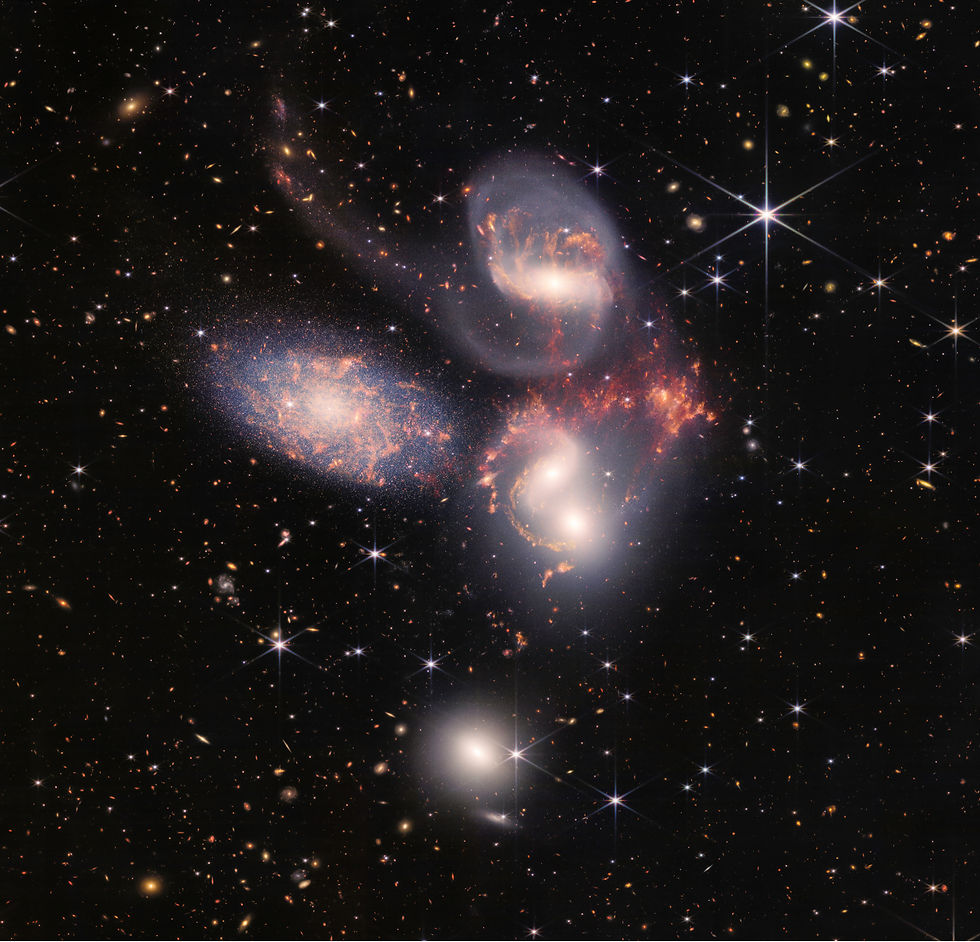Paleoastronomy: Why Fish Left the Sea
- Digital Rabbit

- Jul 22, 2016
- 2 min read
Updated: May 27, 2020
At STARMUS 2016, Steve Balbus, Ph.D. (Theoretical Astrophysics) stepped outside of his main field of study—magneto rotational instability—to explain his theory of why fish grew legs and left the sea. He pointed to two main factors—geography and tides.
In the Devonian period (roughly 417 to 350 million years ago) the continents as we know them today did not exist. Back then there were only two continents, and they were moving towards each other. As they got closer, there was a narrow channel of water between them. That’s where the tide comes in.
Image: Map of the continents as they looked 370 million years ago. Licensed under the Creative Commons Attribution-Share Alike 4.0 International. Author: Colorado Plateau Geosystems, Inc.

Tides are caused by forces exerted on the Earth by the moon and the sun. High tides occur twice a day (as do low tides), but there are times when the high tide is highest. Tides are highest when the sun and moon align in a straight line. The scientific word for this is syzygy. This happens during a new moon and again during a full moon. The force of the sun reinforces the tidal force of the moon. (You can view a simulation of tides on the Science Rocks website provided by Everett Meredith Middle School.)
In narrow channels, the effect of a tide is more dramatic. The highest high tide is even higher, flowing inland even farther. If you are a fish traveling with one of these high tides in a narrow channel, you have a chance of getting stranded in a tidal pool that’s far inland. Until there is another very high tide like the one that stranded you, you will be trapped. If this happens enough times, there is evolutionary pressure to do something about it. Upgrade your fins to legs! Sounds easy, but with anything evolutionary it takes a l o n g time.
Professor Balbus points out that the moon and sun have the same angullar radii. That means when you look into the sky, the sun and the moon look about equal in size. Of course we know they are not, but the fact their angualr radii are equal means their tidal forces are equal. When these two celestial bodies line up, the tidal force doubles. Trapping fish in tidal pools might not have happened if our moon had a smaller angular radius with respect to the sun. There were other other factors at play to encourage the evolution of tetrapods, but he makes a convincing argument for tides having a major role.
For details, see:
Dynamical, biological, and anthropic consequences of equal lunar and solar angular radii, 2014, Steven A.Balbus, Proceedings of the Royal Society.


Comments